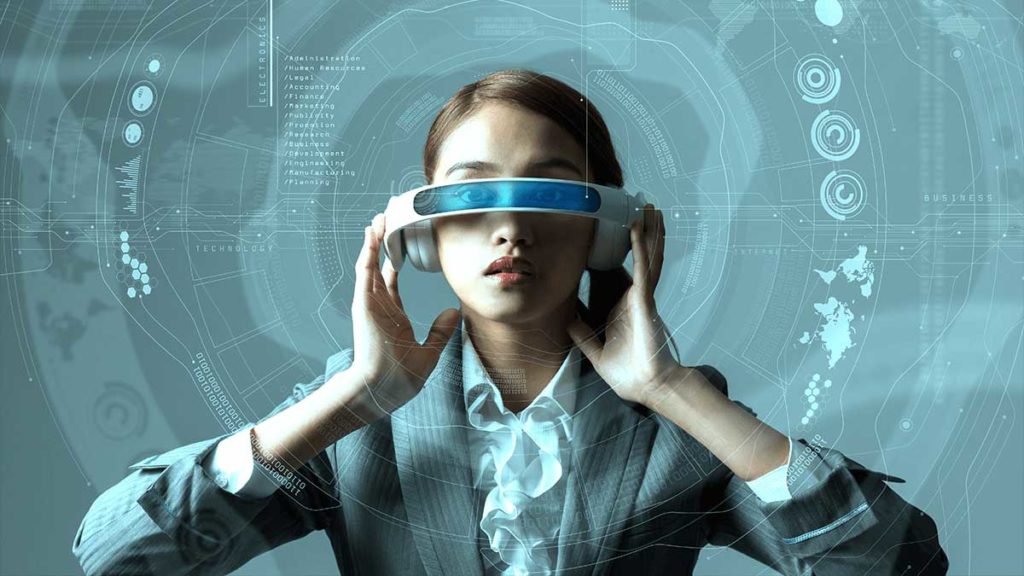AR smart glasses - an enhanced user experience

User interface is a vital aspect to consider when designing a product that will exceed the expectations of the user and achieve the highest level of User Experience (UX), and to be set apart from the crowd. Currently, at this stage of hardware development. Augmented Reality (AR) smart glasses and AR software Development Kits (SDKs) support a wider range of interaction methods than ever before. Now, amongst the mix with traditional controllers and smartphones is rapidly advancing voice control and novel HMD-based options like gesture recognition and eye tracking.
Pairing the correct input method to high-spec UI enables users to complete tasks much more efficiently, intricately and quickly. This leads to better user experience and consequently a better understanding of the value. ABI research, a global tech market advisory firm, analyzed the emerging methods of interaction for AR smart glasses that maximize the flexibility of the user and optimize UX in a market that intends value over US$100 billion in the next 4 years.
“The decision around the most efficient input method and UI design strongly relies on the nature of the target task or content, the user’s potential environment, and the type of the AR device,” says Eleftheria Kouri, Research Analyst at ABI Research.
For instance, traditional buttons and touchpads are not always suitable in scenarios where a user must wear safety gloves or handles tools/equipment. Hands-free voice control is considered the most optimal interaction method in these and similar scenarios. “In regards to AR device type, monocular devices, which are used in less complex enterprise and consumer applications, can perform tasks efficiently with traditional user-friendly interaction methods via buttons or smartphones, with the option to add additional value and flexibility with more advanced input methods.”
The most increasingly popular methods of interaction for AR smart glasses are that of gaze and gesture control. This significantly enhances UX and immersion by allowing users to intuitively and swiftly complete hands-free tasks. While extremely capable, gesture and gaze control are not suited for every user or use case because they demand unmatched accuracy and low latency, in order to be efficient and to meet user expectations. Advanced AR headsets like HoloLens 2 and Magic Leap 1 support a wider variety of UI opportunities and input methods, thanks to an inclusion of factors such as eye tracking.
While these are currently the most capable AR devices available, there is still significant value in simpler devices that maximize usability and streamline user experience with other input paradigms.
“Simple and intuitive UI and streamlined UX have mostly been ignored in the AR market thus far, but both are essential for enhancing and maximizing the value which will propel AR smart glasses growth toward the mainstream. Being able to remove the requirement for device training and keep users engaged with the device will maximize value for consumers and enterprises. At the same time, device features such as lower weight, capability for spatial mapping and sound, improved display quality, and better user feedback through UI and haptics also play an important role in maximizing this value,” says Kouri.
